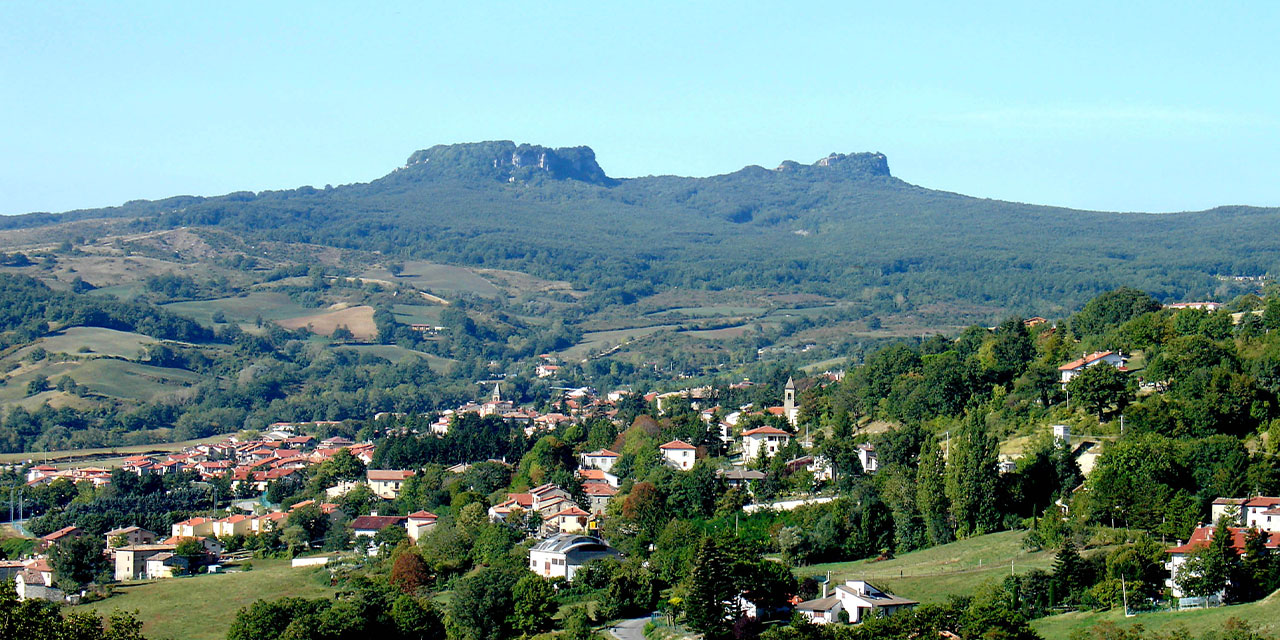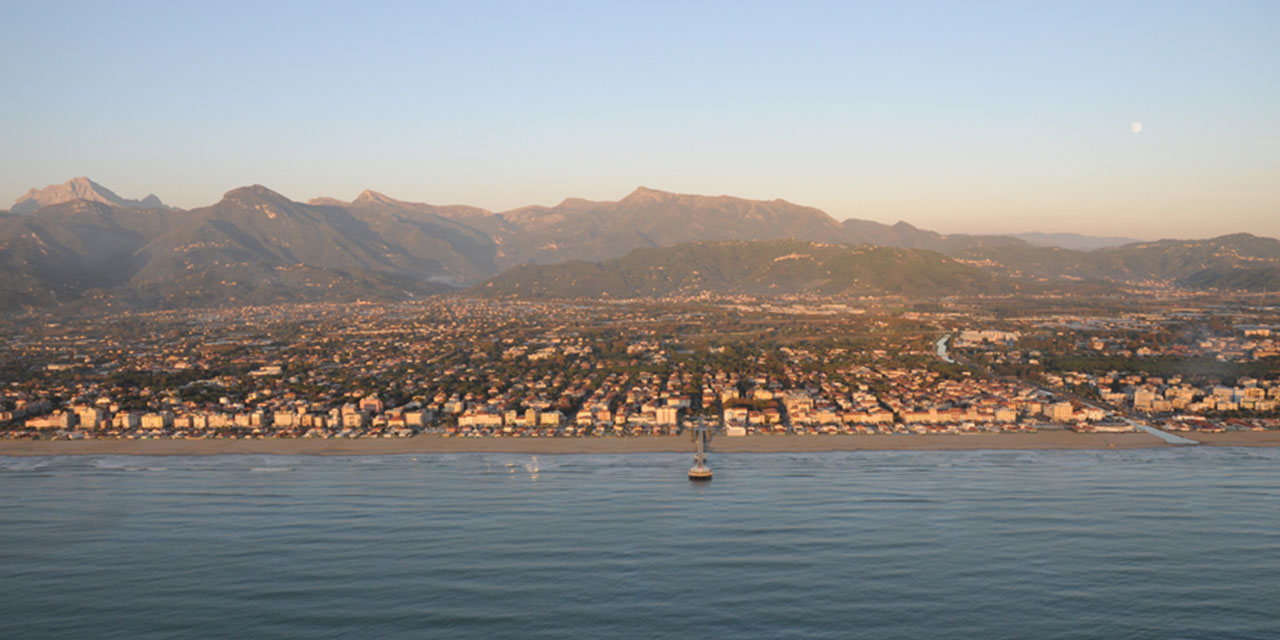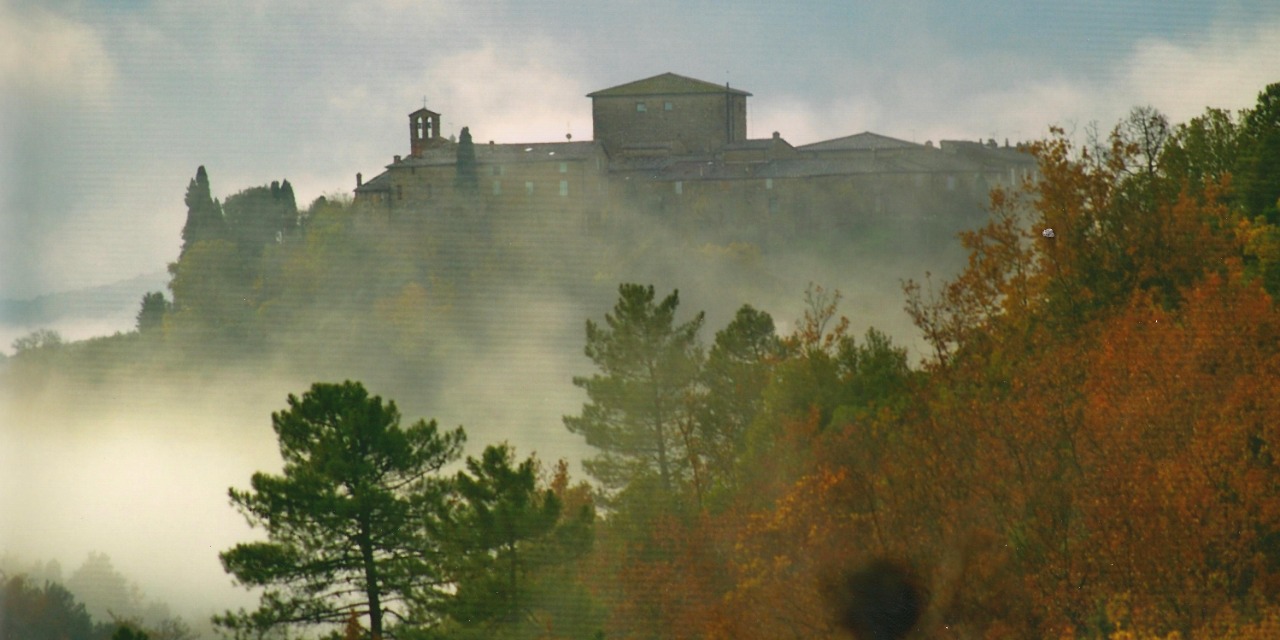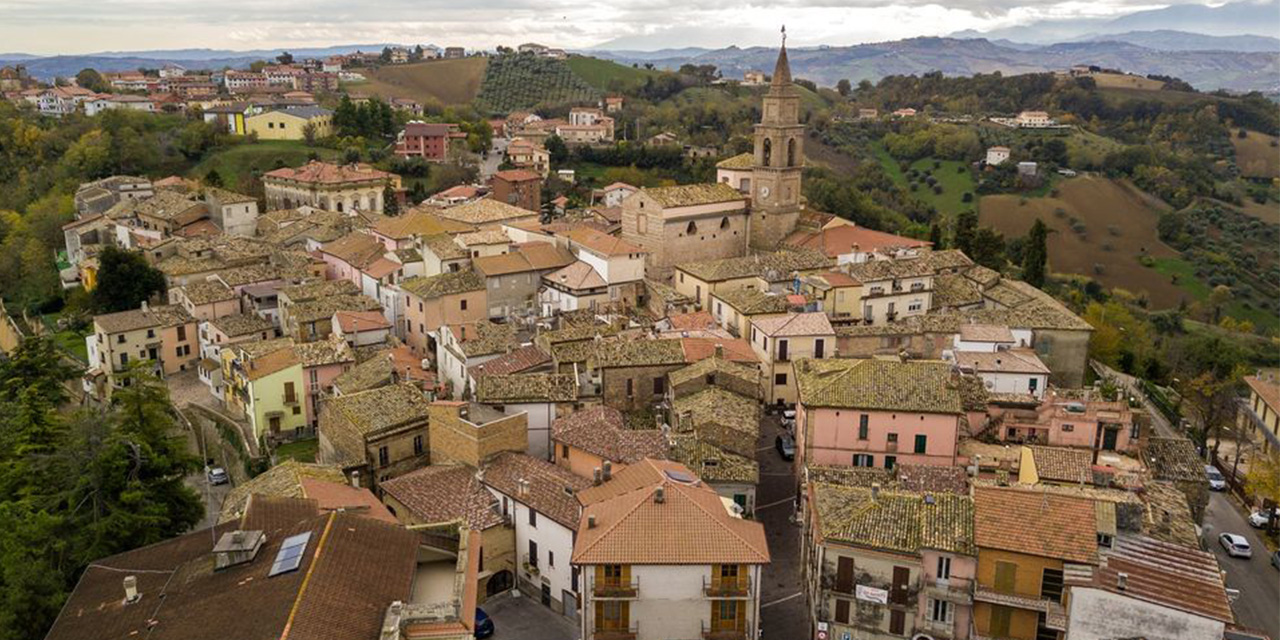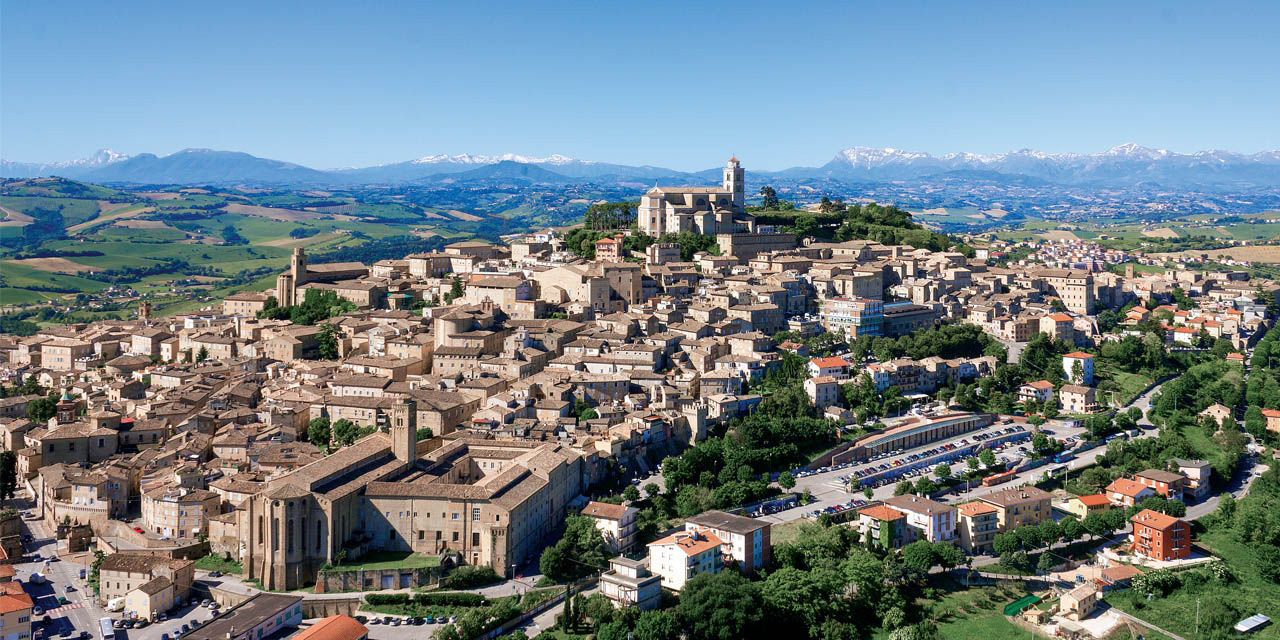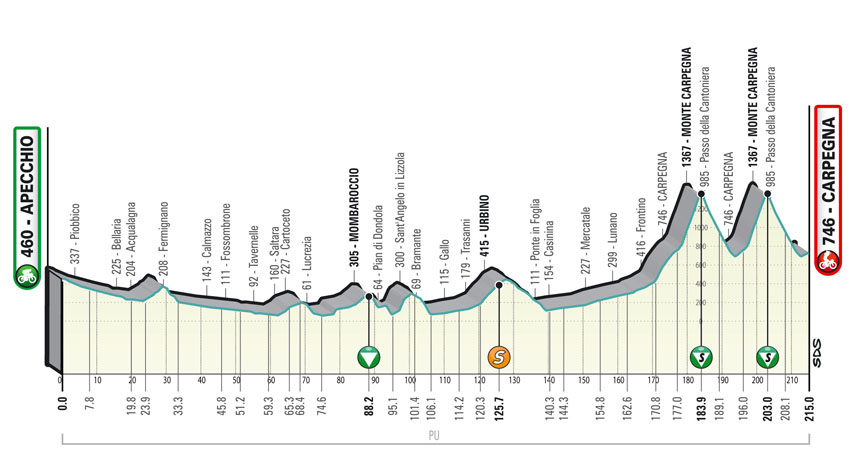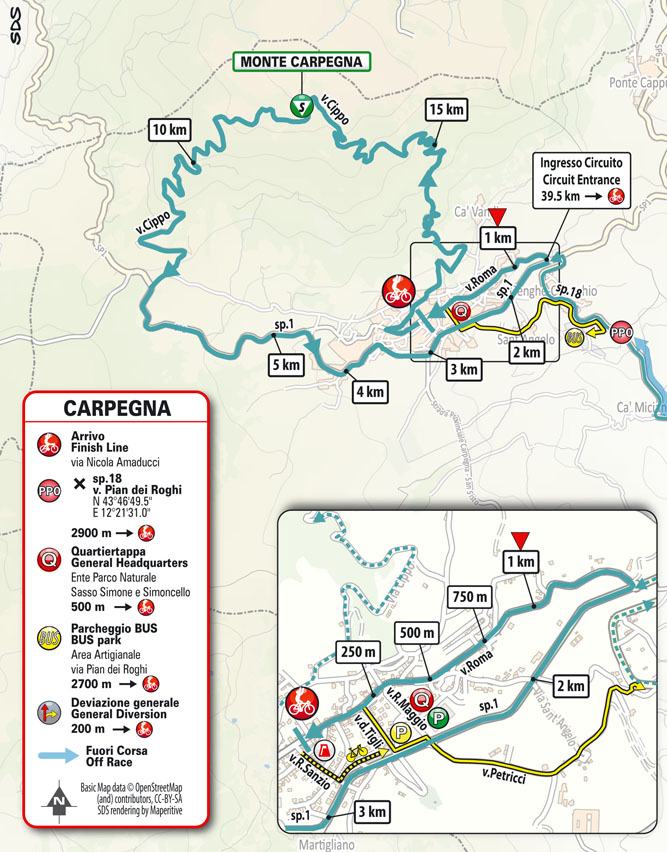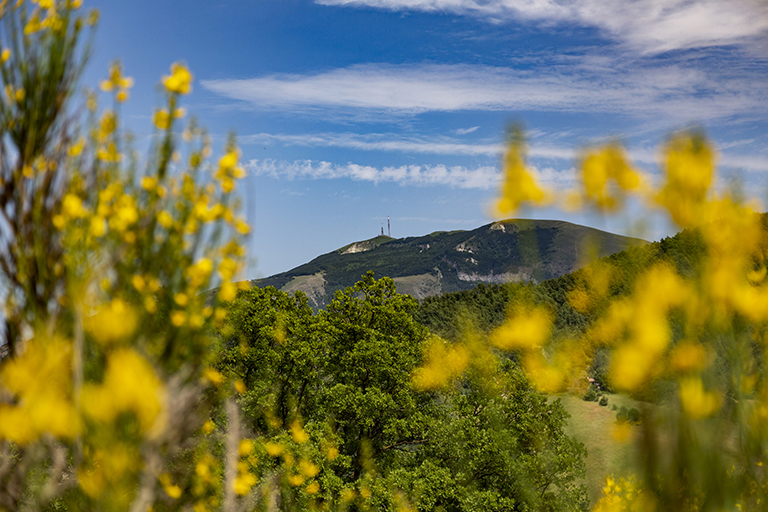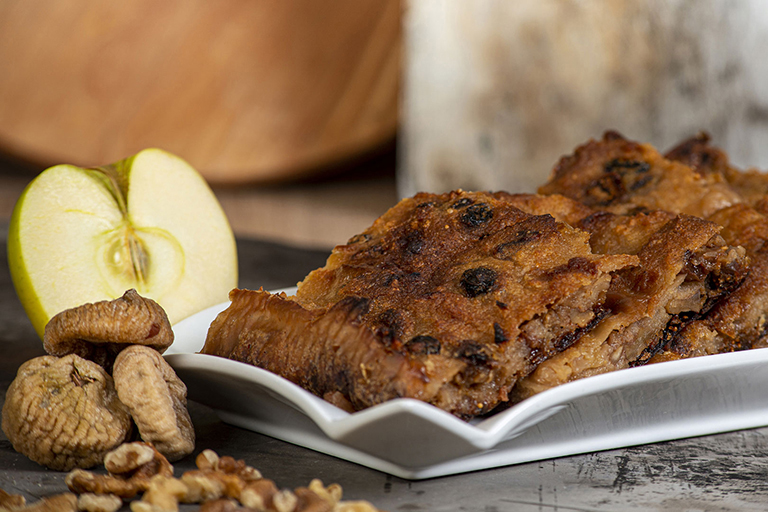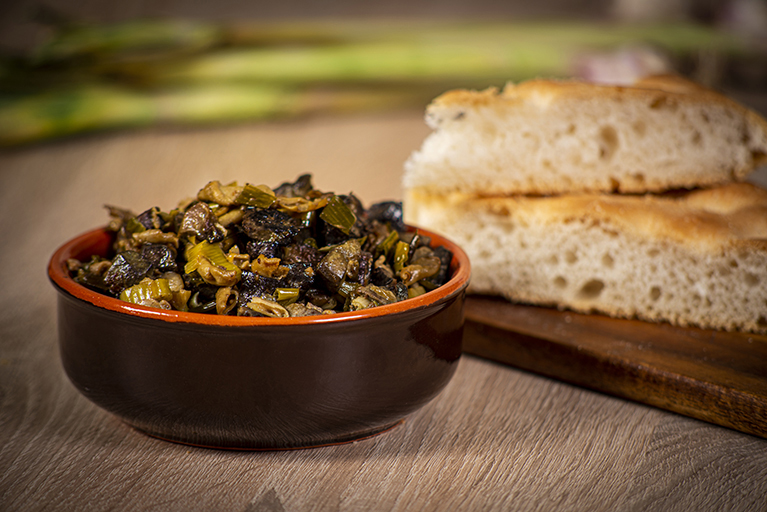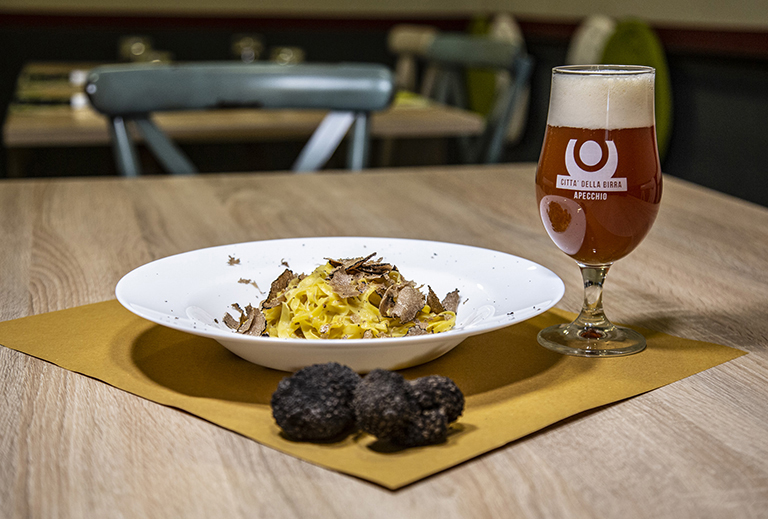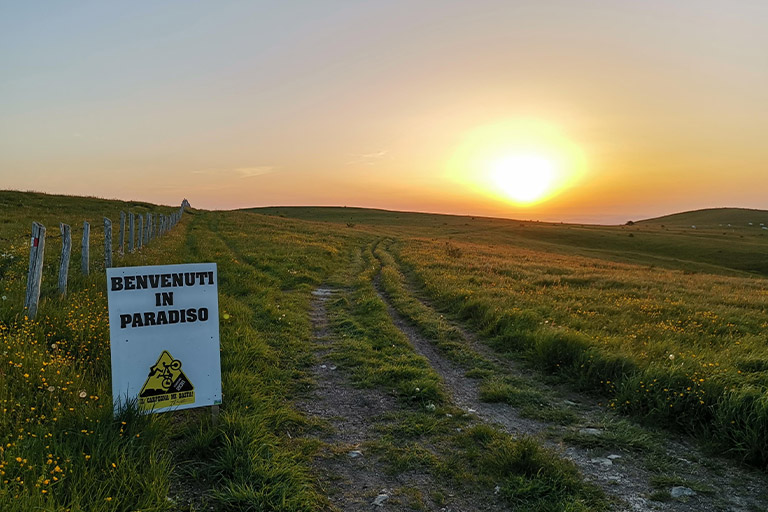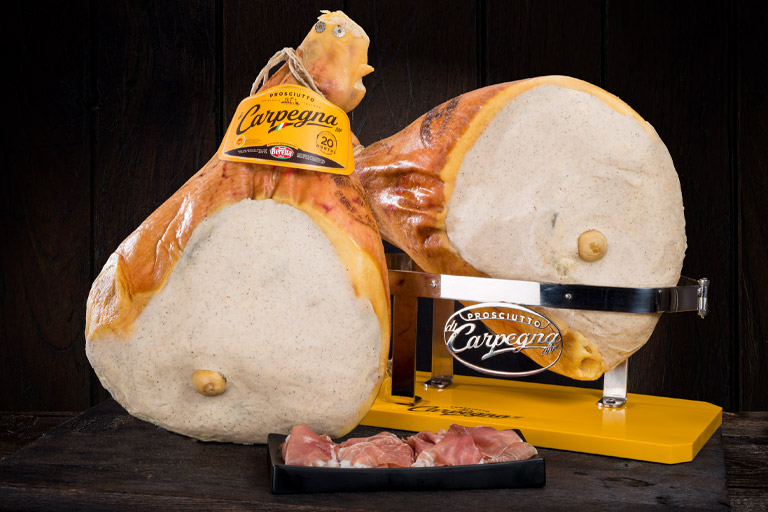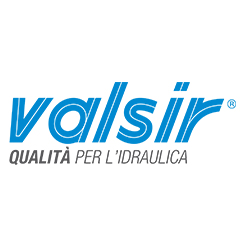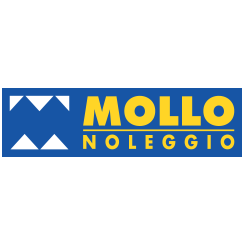profile
map
technical info
A stage divided into two parts. The first undulates almost all the way down to the coast with a slight ascent to the first passage to the finish line. The second consists of a challenging final circuit of Cippo di Carpegna, to be repeated twice. The circuit features a climb of 6km with gradients of up to 14% and a subsequent technical descent to the finish line for a second lap.
Final Kilometers
The last 3 kilometers are half downhill at speed and half uphill. The final kilometer follows a gradient of about 3% with a short flat section in the last 400m. Arrival on asphalt, 7m wide.
start / finish
climb detail
final kilometres
itinerary timetable
tourist info
Host city:
Apecchio
Overview
The High Marche are a treasure trove of magical places. A land crowned by the Apennines where to discover poetic mountains, enchanted woods, waterfalls and streams with crystal clear waters, breathtaking views. The High Marche offer the most authentic nature experience. Walking along the paths or cycling along the High Marche Apennine Cycle (CAAM), you’ll cross ancient villages where you can taste local delicacies while enjoying magnificent views. Apecchio and its splendid hamlet Serravalle di Carda, gateway between Le Marche and Umbria, lies on the Mount Nerone in an area of incredible beauty, surrounded by woods, meadows and water. Walking the many paths crossing the area, offers to those who love nature and outdoor sports unique landscape views. Meeting point for many civilizations, the Umbrian, Etruscan, Roman and Celtic have left their mark on the area, as well as the Ubaldini family who ruled this land from the XVth century up to the year 1752, leaving to us one of the art landmarks of the High Marche, the majestic Palazzo Ubaldini.
Food
Apecchio, a generous land which offers excellent raw ingredients and through tradition and experimentation turnes them into a truly unique range of specialties. The food and wine of the High Marche is the result of ancient traditions. Equally important is now the so called Halogastronomy that has developed in more recent times thanks to the passion and professionalism of local breweries and chefs.
Apecchio boasts three De.C.O. specialties: Salmì del Prete, Bostrengo and Coratella d’Agnello, which originated in Serravalle di Carda a pictoresque hamlet perched on the Mount Nerone.
Salmì del Prete is a traditional Apecchiese dish based on game, which was brought back into fashion forty years ago by skilled local cooks, and, since then, has been in the menu of homes and restaurants.
Bostrengo is a traditional cake from Le Marche, but the Apecchiese version of it is one of the best. Originally a “poor” cake, also called “cupboard” because every long lasting left over ingredient was added in to make it. The recipe of the Bostrengo of Apecchio remains to these days unchanged, as it has been handed down over for centuries. Housewives used the Bostrengo cake to supplement the poor family diet and also prepared it on special occasions, using whatever they had at home. Today Bostrengo is a delicious cake also popular among sportsmen and as a cyclist’s snack.
Coratella di Agnello is now as famous as the small hamlet of Serravalle di Carda, pearched on the Nerone mount, where it was born. Serravalle di Carda attracts many lovers of good food and unspoiled nature and, particularly in summer, is the ideal starting point for trekking, horseback riding and mountain biking thanks to its important path-network. In winter, in addition to skiing, Serravalle is a starting point for exciting walks with snowshoes.
The High Marche are a true gastronomic excellence, thanks to the popular dishes made with truffles or mushrooms, the crescia cooked on the grill, penciarelle, ottofile corn polenta, the typical bread, the sour cherries, the traditional meats and the traditional desserts.
Wines and beverage
The High Marche are traditionally a land of food and wine excellence. Craft beers along with high quality wines have now become one of the main attractions of the area for tourists searching for locally produced delicacies.
Apecchio is synonymous with craft beers and home to the National Association of Beer Cities. It is also the capital of halogastronomy which combines traditional cuisine, the intense flavor of locally sourced truffles and excellent beers. The hidden and main ingredient of the high quality beers produced in Apecchio is the pure water that flows directly from the neaby Nerone Mount pared with the climate of the valley, ideal for the production of quality barley. These characteristics have given impulse to the estabilishment of several high-quality craft breweries, combining these elements into their production to achieve excellence. And this is how the Apecchio Città della Birra project was born, a project that consecrated the small town located in the northen part of Le Marche region as the National Capital of Craft Beers and is ow reflected in the vibrant athmosphere of the town. A real beer culture has developed that welcomes with passion and competence the many beer-tourists as well as the visitors looking for an authentic local delicacies.
The Apecchies have invented the new word, halogastronomy to define the widening of the boundaries of the “beer-universe”. For some years now local restaurants have embarked on the special mission of combining their craft beers with locally sourced ingredients such as truffles, game, mushrooms or even desserts, first of all the traditional Bostrengo, contributing to the local and international evolution of taste.
Points of interest
The CAAM is a path connecting nine municipalities, that meanders through an area of great naturalistic and cultural interest. Ten sections of the Apennine Cycle, joined in a loop, which can be enjoyed individually or as a whole. Pit stops are an integral part of the journey and a must for those who want to take advantage of the area and its natural, cultural and food highlights. Pedal and stop, High Marche holds great surprises for you.
The route is signposted with information about the technical characteristics (length, altitude, KML / GPX tracks, height difference, minimum and maximum altitudes, type of bicycle recommended, difficulty, travel time). The cycle path is safe and flanked by signs indicating the route and all relevant information. Each municipality has a specific area intended as an info-point equipped with panels providing touristic, environmental, historical, cultural, food and wine indications, as well as listing bike service and rentals. According with the protocols of the Marche Bike Product Network these areas are also provided with e-bike charging station, columns for locking and small repairs.
The regional cycle-routes-network is enriched by the CAAM with one of its most interesting routes, which is also connected to the coast with the Adriatic Cycle Route (Trieste-S. Maria di Leuca), to the north with the Metauro cycle route (Fano-Borgo Pace) and to the south with the Cesano cycle-route (Cesano-Serra Sant’Abbondio) the Misa cycle-route (Senigallia-Arcevia) and, on the Esino valley, with the Esino cycle-route (Falconara M.ma-Esanatoglia).
Acqualagna
A tradition of research, production and trade of truffles has been going on for centuries and has made of Acqualagna a privileged meeting place for international truffles enthusiasts. Surrounded by a pleasant landscape, Acqualagna is the ideal stop after an excursion to the nearby Gola del Furlo Natural Reserve. The central square – birthplace of the famous Italian entrepreneur and founder of the main Italian multinational oil and gas company ENI, Enrico Mattei – is the starting point of a special truffles itinerary that starts from the Museum and continues in the restaurants for a multi-sensory full immersion.
Apecchio
Ancient village located at the crossing between Marche and Umbria, Apecchio is a true paradise for hikers thanks to its network of paths and waterways. The historic center is perched on the fluvial terrace at the confluence of the Biscubio and Menatoio rivers. A well preserved medieval bridge (15th century) gives access to the bell tower and to Palazzo Ubaldini, which hosts in its basement the Fossils and Minerals of the Mount Nerone Museum. Land of truffles and home to the National Association of the City of Beer, Apecchio is the birthplace of Halogastronomy, which combines traditional cuisine, the intense flavor of truffles and the excellent local beer.
Arcevia
Arcevia is one of the most important centers of the Ancona hinterland, renowned for its history and heritage. Built on the slopes of Mount Cischiano, on a unique panoramic position dominating the entire Misa valley, with the Adriatic coast to the east and the Umbrian-Marche Apennines to the west, it boasts nine defensive castles.
Cagli
From the Manlio bridge, probably of Etruscan origin, to the imposing Martiniano Tower, dating back to 1481, to the natural arch of Fondarca and now main center for contemporary sculpture, Cagli combines unique natural assets, starting from the Petrano, Nerone and Catria mountains with a cultural heritage that is among the most significant of Le Marche. The natural context along with the heritage that witnesses its importance in history make of Cagli a destination that combines physical and mental well-being.
Cantiano
Cantiano was built in medieval times on the ancient Via Flaminia, one of main roman routes connecting Le Marche and the Adriatic to Umbria and Rome. Cantiano is located within an area of historical importance and natural beauty, at the center of a plateau crossed by the Burano River and bordered to the east by the Apennines chain – Petrano, Tenetra, Acuto and Catria mountains.
Frontone
The Municipality of Frontone, located on the border between the Province of Ancona and that of Perugia, at the foot of the Catria Mount, is the ideal area for walks and excursions along paths of varying degrees of difficulty. From the Castello Della Porta, a fortress built to monitor the surrounding area, owned by the Duchy of Montefeltro between the 15th and 16th centuries and landmark of a picturesque landscape, the magnificent view spans from the Mount Nerone to San Marino and the Adriatic coast.
Piobbico
The history of Piobbico is identified with the Brancaleoni family, who dominated these lands for centuries and built the Palazzo Brancaleoni their residence, now a museum of the history and culture of the area organized in six sections. Neaby, the Nerone mountain and its many naturalistic attractions such as gorges, caves, natural cavities, a place to explore by foot following the many paths that wind along the mountain slopes.
Sassoferrato
Sassoferrato is located in the upper Ancona province area. It was built at the foot of the Apennines in the river Sentino valley, an area of great scenic and natural beauty. Many are the sites of cultural and naturalistic interest, such as the Strega mountain complex, the Mount Cucco Park, the Rossa Gorge park and the Frasassi caves.
Serra Sant’Abbondio
Serra Sant’Abbondio was built on the left side of the High Valley of the Cesano river, close to Mount Catria. Archaeological findings tell of the presence of the Celts, Piceni and then of the Romans. The heart of the community is the Monastery of the Saint Cross at Fonte Avellana, a center of attraction and diffusion of monastic life, and a very active spiritual and cultural center to these days.
Carpegna
Overview
Carpegna is located at the foot of the homonymous mountain mass that represents the watershed between the valleys of Conca, Foglia and Marecchia, in the heart of the historic region of Montefeltro.
Immersed in the beautiful natural scenery of the Sasso Simone and Simoncello Interregional Park, which takes its name from the two characteristic rock masses that stand out to the west of the town, the town of Carpegna, thanks to its microclimate and historical and natural beauties, since the first post-war period has distinguished itself as one of the main tourist destinations of the Province of Pesaro-Urbino and in recent years has been is reaffirming with sports and environmental tourism, thanks also to the purity and healthiness of the air certified with the assignment of the first Transparent Flag of Italy.
The history of Carpegna is linked to that of the noble family that bears its name and of which stands in the center of the country the sumptuous Palazzo dei Principi, built at the end of the seventeenth century at the behest of Cardinal Gaspare and designed by the Roman architect Giovanni Antonio De Rossi.
The County of Carpegna remained independent until 1819, when Pope Pius VII forced Count Gaspare to sign the act of submission to the Papal States.
Carpegna is also known as the country of the fifteen villages, there are many villages around the main town, each almost independent of the other with all the services and facilities for common life such as an oven, a fountain and a church or a cell for religious functions.
Food
At the table the name of Carpegna is undoubtedly linked to the Prosciutto that takes its name.
Prosciutto di Carpegna is one of the seven PDO hams in Italy and one of the most delicious in the world. The thighs, coming exclusively from Emilia-Romagna, Marche and Lombardy, are aged with Cervia salt in the Carpegna plant, where the brackish air of the nearby Adriatic Sea joins the resinous currents of the Montefeltro hills making the microclimate and flavor of the Ham unique.
The processing takes place according to the ancient peasant tradition, retracing the alternation of the seasons: from the first cold drying follow successive phases of seasoning at warmer temperatures.
To this is added a grouting with a secret mix of spices, fat and salt that, after 14 months of aging, will give the Prosciutto di Carpegna DOP its unmistakable flavor.
In addition to ham, the local gastronomy is influenced by the nearby Romagna and Tuscany, offering food and wine tours that combine the different culinary traditions.
In Carpegna you can also find meat producers, with animals raised in nature in the wide pastures of Mount Carpegna, or taste the Carpegna Honey. Characteristic is also the presence, in spring, of blackthorn or blackfin, a variety of very delicious mushroom that can accompany first courses, omelettes or meats.
Points of interest
PALACE OF THE PRINCES
Strongly desired by Cardinal Gaspare di Carpegna in the mid-seventeenth century, the Palazzo dei Principi di Carpegna stands majestically in the center of the country. On behalf of the Roman architect Giovanni Antonio De Rossi, who was inspired by the model of Tuscan-Lazio fortress villas, the works for the construction of the sumptuous building began in 1674 and lasted about twenty years. Only in 1696 in fact the house could be considered completed.
The Palace has remained practically intact from the seventeenth century to today, both externally and in the furnishings, and is spread over several levels connected by an imposing staircase as well as several service stairs.
During the Second World War, however, inside the Palazzo dei Principi – together with the Rocca Ubaldinesca of Sassocorvaro – thousands of works of art from the most important Italian museums found refuge, thanks to an admirable rescue operation carried out by the Superintendent Pasquale Rotondi, to preserve them from the raids of the retreating German troops.
CHURCH OF SAN GIOVANNI BATTISTA
Located just outside the town and near one of the villages of Carpegna, the Pieve di San Giovanni Battista was built in 1182 on the remains of a previous building prior to the year one thousand, of which nothing remains on site but whose presence is documented by some writings and worked stones. From the Romanesque age the three semicircular apses have come to the present day, while the single nave is the result of a fourteenth-century restoration.
Inside there is, still intact, its original altar in the shape of an altar and a baptistery of 1575. On the left wall of the church, you can admire what remains of a cycle of fourteenth-century frescoes also dedicated to St. John the Baptist.
THE CITY OF THE SUN
On the plateau of Sasso Simone, around the eleventh century, a Benedictine abbey was erected, but the adverse climatic conditions of the late ‘300 forced the monks and the inhabitants of the place to abandon the area. The geographical position and its conformation, however, made the Sasso Simone a perfect strategic place, so much so that in 1566 Cosimo I de’ Medici decided to build a city-fortress on sasso Simone to monitor and control the territories of Alto Montefeltro. What was called the City of the Sun was built according to Renaissance urban planning rules and hosted up to 300 inhabitants. A new climate change and a small ice age forced the inhabitants to gradually leave the area, which was garrisoned until 1673 and then gradually disarmed and abandoned.
To this day, important traces of the settlement can still be traced, such as the remains of the ruined walls and the underground cisterns.
SASSO SIMONE AND SIMONCELLO INTERREGIONAL PARK
Carpegna is the heart of the Interregional Park of Sasso Simone and Simoncello. The fulcrum of the protected area is represented by the two rock masses of Sasso Simone and Simoncello, which due to their particular shape have always characterized Carpegna and the entire valley.
Towards the Sasso Simone and the more impervious Simoncello, which rise up to 1204 and 1221 m above sea level.m., there are numerous hiking trails, of different lengths and difficulties, to be covered on foot, by mountain bike or on horseback, immersed in nature.
ANTICA STAMPERIA CARPEGNA
Of ancient tradition in Montefeltro and Romagna, the printing on canvas with natural colors has been carried out for six generations at the Antica Stamperia Carpegna.
The colors are obtained with a completely natural process by mixing flour, wine vinegar and rusty irons, to obtain the classic “rust” color.
The pear or walnut wood matrix is carved by hand and, once dipped in color, is placed on the fabric and beaten with a heavy mallet.
After days of drying in the sun the typical color is fixed with the “Ranno”, an ancient wash based on boiling water and ash – an ancient technique for washing linen – which make it resistant to time and to all types of washing.
Craftsmanship is not only tradition, but also adapting to the times, and so it is for the Antica Stamperia Carpegna, which while maintaining the ancient printing technique, today produces every type of textile products and shoes in hemp.


